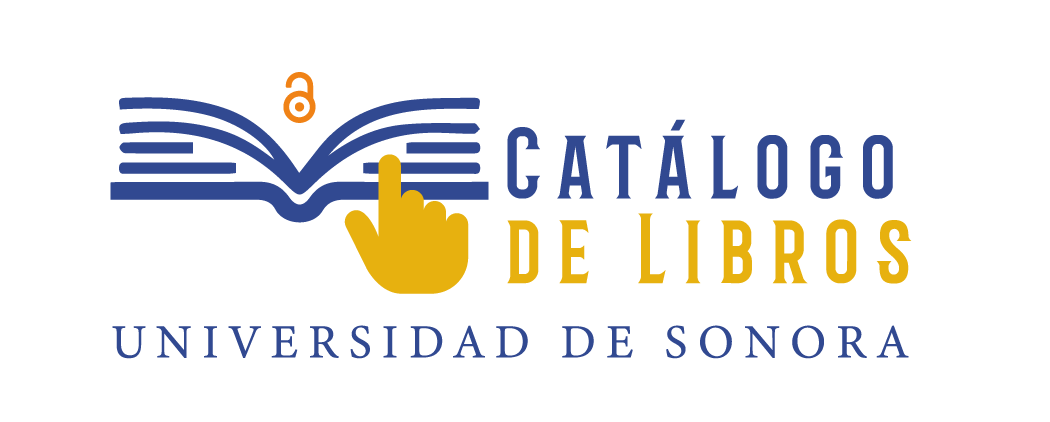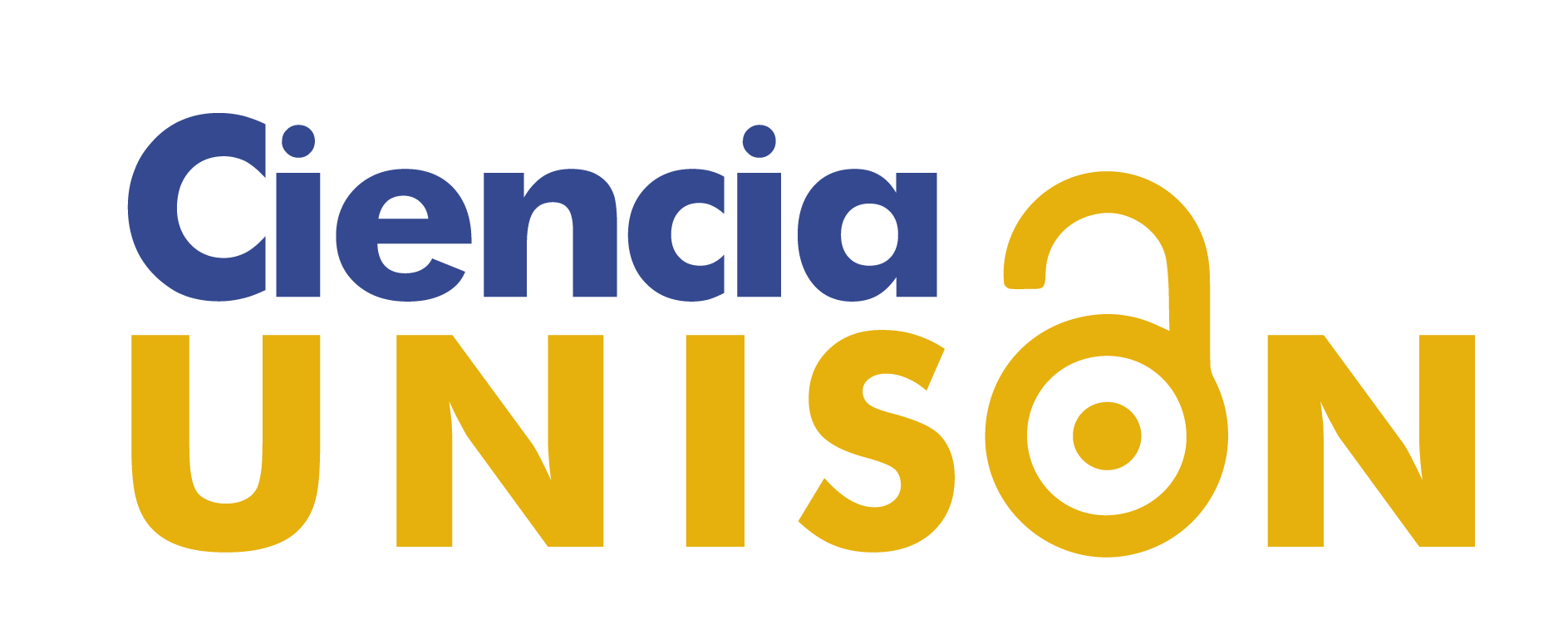Craneopharyngioma as a cause of central obesity: Case report and literature review
Craneopharyngioma as a cause of central obesity: Case report and literature review
DOI:
https://doi.org/10.59420/remus.6.2021.18Keywords:
craniopharyngioma, core obesity, hypothalamic obesityAbstract
Obesity of central or hypothalamic origin is a possible complication due to craniopharyngioma or its treatment. Craniopharyngiomas are benign tumors that, despite being rare, represent 80% of neoplasms in the hypothalamic-pituitary region, and can affect the quality of life of patients due to various and frequent sequelae, including central obesity. The hypothalamic nuclei responsible for appetite and basal metabolism of the organism are involved in the pathophysiological mechanism of this disorder. We present the case of a 15-year-old patient, with a body mass index of 48 kg/m2 and type 2 diabetes mellitus undergoing treatment, who was referred to our hospital due to acute nausea and vomiting, as well as presence of various neurological symptoms. Physical examination revealed significant generalized obesity, a short neck, marked cervical acanthosis and flexion folds, mild bimalleolar edema, 8 cm cryptopenis, and asymmetrical Tanner IV testicles. Subsequently, the diagnosis of craniopharyngioma is established after considering the patient's personal history, clinical findings, and laboratory and imaging studies requested. Thanks to the opportune surgical intervention, important clinical and laboratory improvement was prepared in the control appointments, leaving central obesity as a sequel. Comprehensive management of complications from craniopharyngioma significantly optimizes the quality of life of people with this type of sellar tumor.
Downloads
References
Iughetti L, Bruzzi P. Obesity and craniopharyngioma. Italian Journal of Pediatrics. 2011;37(1):38.
Abuzzahab M, Roth C, Shoemaker A. Hypothalamic Obesity: Prologue and Promise. Hormone Research in Paediatrics. 2019;91(2):128-136.
Müller H. Craniopharyngioma. Endocrine Reviews. 2014;35(3):513-543.
Müller H, Merchant T, Warmuth-Metz M, Martinez-Barbera J, Puget S. Craniopharyngioma. Nature Reviews Disease Primers. 2019;5(1).
Castro-Dufourny I, Carrasco R, Pascual J. Obesidad hipotalámica tras intervención quirúrgica de un craneofaringioma: tratamiento con un análogo del péptido similar al glucagón tipo 1. Endocrinología, Diabetes y Nutrición. 2017;64(3):182-184.
Delgado-Onofre MG, Robles-Valdés C, Terrazo-Lluch J, García-Navarrete R. Prevalencia de alteraciones endócrino-metabólicas en pacientes con craneofaringioma del Instituto Nacional de Pediatría. 2015: 1-10.
Rosenfeld A, Arrington D, Miller J, Olson M, Gieseking A, Etzl M et al. A Review of Childhood and Adolescent Craniopharyngiomas With Particular Attention to Hypothalamic Obesity. Pediatric Neurology. 2014;50(1):4-10.
Ortiz Torres M, Shafiq I, Mesfin FB. Craniopharyngioma. 2021 Apr 29. In: StatPearls [Internet]. Treasure Island (FL): StatPearls Publishing; 2021 Jan–. PMID: l29083725.
Baraquiso-Pazos M, Guier-Bonilla L, Mendelewicz-Montero A. Actualización en craneofaringioma, revisión de tema. Ciencia y Salud. 2020; 4(6): 1-7.
Venegas E, Blanco C, Martin T, Soto A. Guía práctica del manejo y tratamiento de los craneofaringiomas y otras lesiones paraselares. Elsevier. 2015; 62 (1): 3-7.
Jensterle M, Jazbinsek S, Bosnjak R, Popovic M, Zaletel LZ, Vesnaver TV, et al. Advances in the management of craniopharyngioma in children and adults. Radiol Oncol. 2019 10 25;53(4):388-96.
Bogusz A, Müller HL. Childhood onset craniopharyngioma: latest insights into pathology, diagnostics, treatment, and follow-up. Expert Rev Neurother. 2018;18(10):793- 806.
Downloads
Published
How to Cite
Issue
Section
License
Copyright (c) 2021 REMUS - Revista Estudiantil de Medicina de la Universidad de Sonora

This work is licensed under a Creative Commons Attribution-NonCommercial-NoDerivatives 4.0 International License.






